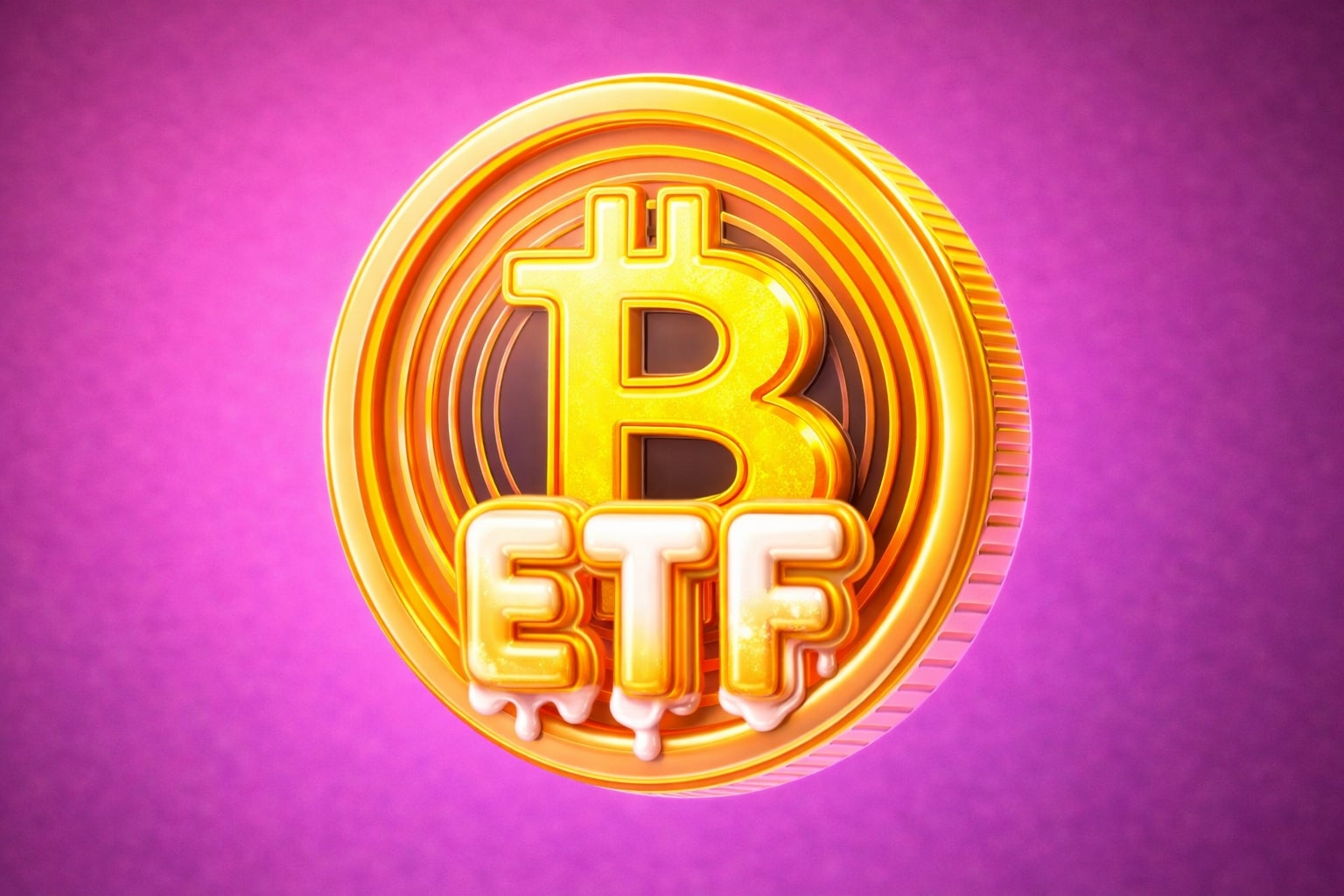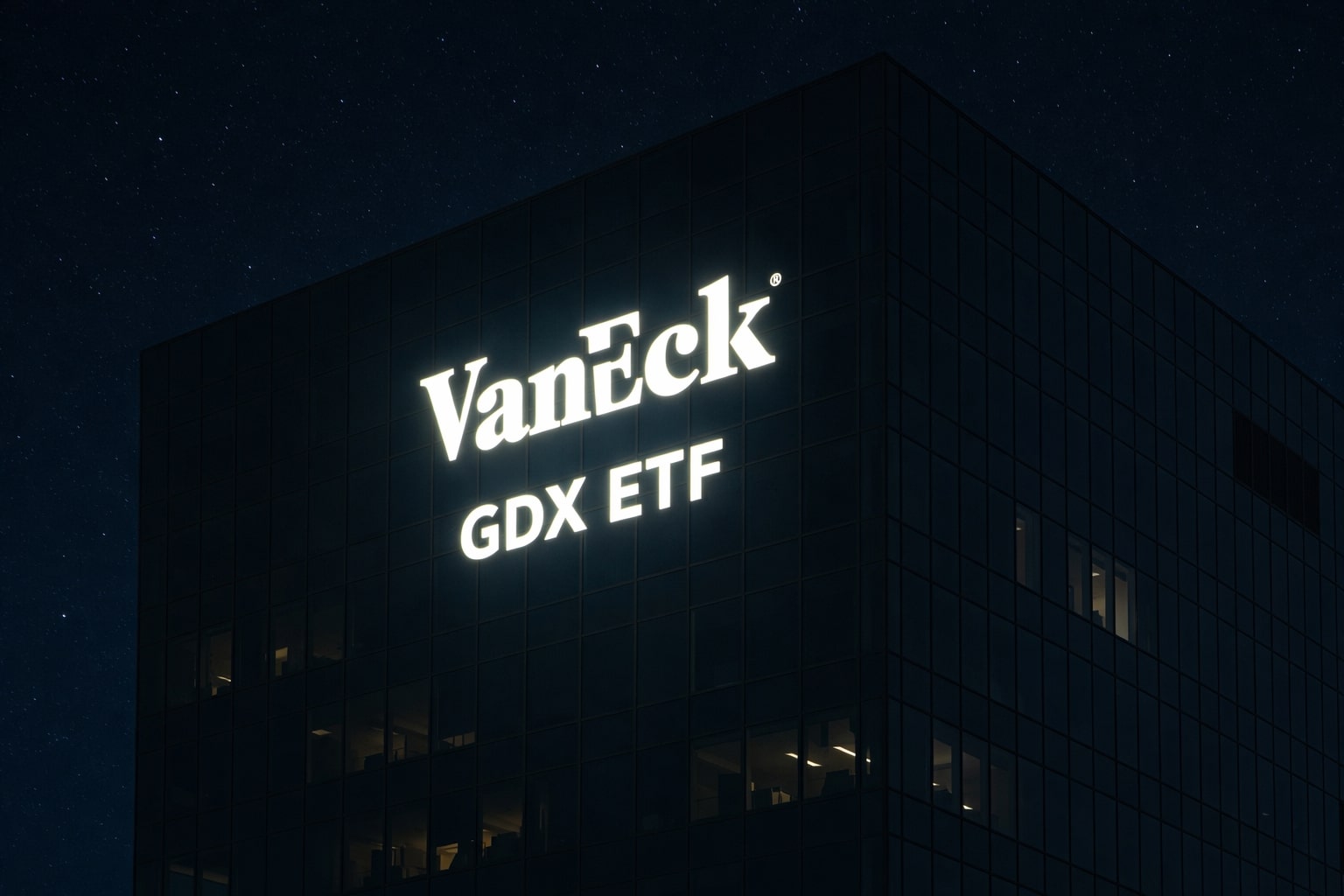Gold Prices React to US Inflation and the Rise of Bitcoin
US Inflation, Debt Ceiling Talks, and Federal Reserve Policy Influence Gold Prices
Gold prices came off session highs on Friday after an uptick in a key U.S. inflation gauge raised bets that interest rates will be higher for longer-than-expected, with bullion on course for a third weekly loss as debt ceiling talks enter the 11th hour.
Spot gold was up 0.28% at $1,945.79 per ounce, having risen as much as 0.9% earlier. U.S. gold futures gained 0.11% to $1,945.90.
Bullion pared gains after the personal consumption expenditures (PCE) price index, which the Federal Reserve tracks for its 2% inflation target, increased 4.4% in the 12 months through April after advancing 4.2% in March.
“The PCE number just kicked one of the legs out on the stool of the gold market ....a softer number would have provided the tailwind behind gold,” said Phillip Streible, chief market strategist at Blue Line Futures, in Chicago.
Traders boosted bets that the Fed is not done raising rates, which would erode the attraction of non-yielding gold.
Benchmark 10-year Treasury yields and the dollar index hovered near their highest levels since mid-March, both on track for their third straight weekly gains.
But dollar’s easing on Thursday has “has carved out some breathing space for bullion”, said Han Tan, chief market analyst at Exinity.
Gold briefly slipped to its lowest since March 22 and is still headed to end the week 1.4% lower as the White House and congressional Republicans aim to put the final touches on a deal to raise the debt ceiling.
While some of the bullish sentiment in gold has faded, it could return with supportive data, said Craig Erlam, senior market analyst at OANDA.
As the digital revolution continues to reshape the financial landscape, Bitcoin (BTC) has emerged as a formidable contender to challenge the age-old dominance of gold as a store of value and hedge against inflation.
This being said, strategists at JPMorgan said gold’s price suggests that Bitcoin should be trading substantially higher than its current price level, assuming that many investors see the two assets as interchangeable.
According to the analysts, given the bullion’s current price of just below $2,000 an ounce, the world’s leading cryptocurrency should be trading somewhere around $45,000, they wrote in a note to clients on Wednesday, May 24. Bitcoin currently trades at $26,512, nearly 70% lower than the level strategists say it should be.
However, the premise that both serve as stores of value might fail to convince some, given that Bitcoin has been around for only 14 years, while gold has been playing that role for centuries. For that reason, the majority of institutional investors have stuck with gold as their go-to safe-haven asset, while Bitcoin has been more attractive to retail investors.
Bitcoin halving could also propel BTC price JPMorgan strategists also reflected on another factor that could potentially drive Bitcoin’s price in the future – the halving event.
Bitcoin halving refers to a programmed event that occurs approximately every four years, reducing the rate at which new Bitcoins are created by half, leading to a decreased supply of new coins entering the market and potentially impacting its price. The number of tokens miners receive for processing transactions and keeping the blockchain secure also gets halved.
The next halving event, which is expected to take place next April or May, would double the cost of mining 1 BTC to around $40,000.
Meanwhile, the bank’s strategists were not bullish on Bitcoin’s price in the short term, citing the ongoing regulatory backlash against digital assets.
Barrick Gold stock (NYSE: GOLD) has remained roughly flat year-to-date, trading at about $17.50 per share currently. The underperformance comes despite the fact that gold prices have been trending higher, rising from levels of around $1,800 per ounce in early January to levels of over $2,000 in early May, driven by cooling inflation, slower interest rate hikes by the Federal Reserve, and concerns about the U.S. banking system. However, Barrick has been weighed down by weaker production rates. Over Q1, the company saw revenues fall by 7.4% year-over-year to $2.64 billion, with net income also falling to $120 million from $438 million in the year-earlier quarter. The company’s gold production fell to a multi-year low of 952,000 ounces, down about 4% from the same quarter last year, partly due to planned maintenance at the company’s Nevada Gold Mines. The company’s copper production, too, fell by about 12% year-over-year due to lower production at the Lumwana and Zaldivar mines. The lower production also meant that average per unit costs trended higher, impacting profitability.
Is Barrick stock a buy at current levels? We think it is, for a couple of reasons. Firstly, Barrick’s production is likely to pick up a bit going forward driven by the completion of major processing plant maintenance at Nevada Gold Mines, the upgrade of Goldstrike ore processing infrastructure, better performance from Turquoise Ridge, and a steady ramp-up at Pueblo Viejo. Overall, the company’s guidance range is wide, targeting 4.2 to 4.6 million ounces of gold, marking an increase form around 4.141 in the year-ago period, and 420 to 470 million lbs of copper compared to 440 million lbs in the year-ago quarter. The company is also bullish on the trajectory of precious metal prices as well, citing relatively tight supply and a move by central banks to diversify their reserves by holding gold in place of the U.S. Dollar. Separately, Barrick’s move to scale up its copper business could drive an incremental upside for the stock, given its application in a host of futuristic industries including electric vehicles and the renewable energy sector. We have a $21 price estimate for Barrick Gold, which is about 20% ahead of the current market price. See our analysis of Barrick Gold valuation for more details. Also, see our analysis of Barrick Gold Revenues for more details on the company’s key revenue streams and how they have been trending.
What if you’re looking for a high-performance portfolio with a low downside instead? Here’s a reinforced value portfolio that has beaten the market consistently while limiting losses during periods of sharp market declines.
Gold prices rose on Friday after the dollar retreated from a two-month high, although bullion was poised for a third straight weekly drop as traders assessed the progress of the U.S. debt ceiling negotiations and the Federal Reserve's next policy move.
Spot gold rose 0.4% to $1,947.86 per ounce by 0452 GMT, after hitting its lowest since March 22 at $1,936.59. U.S. gold futures edged up 0.2% to $1,948.40.
Still, bullion lost 1.5% so far in the week.
There is an overwhelming market expectation that the debt crisis will be resolved, and a still overall tightening horizon from the Fed that is expected to put some downward pressure on gold, said Clifford Bennett, chief economist at ACY Securities.
"The Fed may indeed pause at the next meeting, as they should, given both the debt ceiling crisis, even with a resolution, and the ongoing, albeit in the background, banking crisis," Bennett said, adding some investors may be buying the dips in gold price.
The dollar dipped 0.2%, but hovered near its highest level since March 17. Benchmark Treasury yields were also near highs seen in March.
U.S. President Joe Biden and top congressional Republican Kevin McCarthy on Thursday appeared to be nearing a deal to cut spending and raise the government's $31.4 trillion debt ceiling, with little time to spare to head off the risk of default.
On the interest rate front, markets are now pricing in a 37.8% chance of a 25-basis-point hike in June and seeing cuts no sooner than September, according to the CME FedWatch tool.
Gold could still reach $1,980 or close to the $2,000 level in June, supported by steady physical demand in key markets such as India and China and overall economic uncertainty, said Ajay Kedia, director at Kedia Commodities in Mumbai.
Spot silver rose 0.7% to $22.94, platinum and palladium each advanced 0.8% to $1,028.71 and $1,428.38, respectively.
Read More
-
GDX ETF at $88 While Gold Tests $4,400: Are Gold Miners Poised for $100?
19.12.2025 · TradingNEWS ArchiveStocks
-
XRP ETF Boom: XRPI at $10.94 and XRPR at $15.49 as XRP-USD Clings to the $1.80–$1.90 Zone
19.12.2025 · TradingNEWS ArchiveCrypto
-
Natural Gas Price Forecast: NG=F Hovering Near $3.92 As Weather, LNG And Storage Collide
19.12.2025 · TradingNEWS ArchiveCommodities
-
USD/JPY Price Forecast - Dollar to Yen Near 157 as BoJ’s 0.75% Rate Hike Backfires on the Yen
19.12.2025 · TradingNEWS ArchiveForex

















